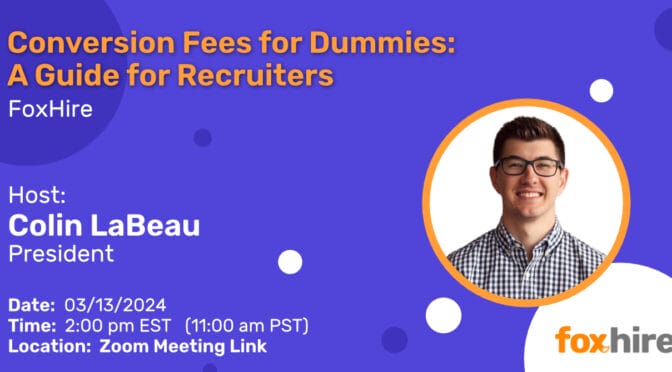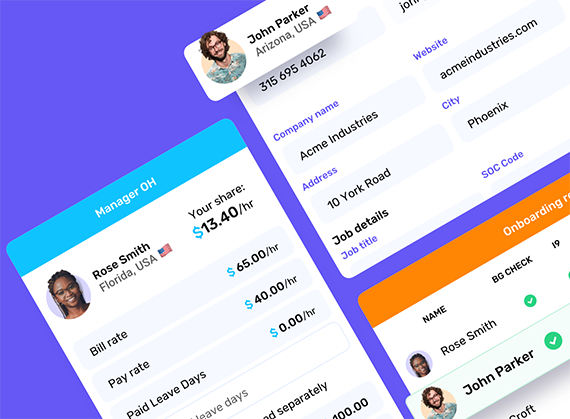Employee referrals. Assessment tests. Exhaustive interview processes.
These are all strategies that companies use to make sure they hire workers who are qualified AND are good cultural fits. But many are finding these longstanding techniques are not enough and are turning to “try-before-you-buy” methods to help ensure successful hires.
This was a hot topic at a recent roundtable discussion on recruiting for startups. In fact, some of the participants stated they would not hire someone without trying them out first.
“The cultural cost of hiring someone who’s not a great fit, it is so enormous,” said Manuel Medina, co-founder and CEO of GroupTalent, a platform that matches developers and designers with employers. “It can set you back so many months, and it will do so much damage to the culture of your company.”
To mitigate that risk, many employers rely on employee referrals. While the panel agreed that employee referrals do help, they can also result in a workforce that is not very diverse if that is the only way companies are getting talent. John Bischke of Entelo said his company has instead relied on “try outs” in which candidates perform mini-projects on a contract basis. They have tried out every single employee in this way and have yet to fire a single person.
“If you can find people outside your sphere of connections who are very talented, and if you can figure out a way to make sure that is a safe hire for the company and safe for the individual who is joining you, then I think that leads to more diversity of thought, and I think that leads to a stronger company,” he said.
A big take-away from Bischke’s comment is that try-before-you-buy makes the hire safe for the candidate as well. A common misconception is that top-notch candidates who are already employed or who have other opportunities will not submit to a trial period. But Bischke makes it clear that it’s for their benefit as well.
“It has to be an equal respect thing so try-before-you-buy is not ‘We are trying you out before we buy you,'” Bischke said. “It’s ‘We are trying you before we buy you, and you are trying us before you buy us.”
If your clients are having trouble finding the right cultural fit or can’t seem to pull the trigger on a direct hiring decision, you may want to suggest that they try-before-they-buy through a contract-to-direct arrangement. In this scenario, the candidate, recruited by you, would become the employee of a contract staffing back-office during a contract period that typically lasts between three and six months. During this time, the back-office, not your client, takes on all the employment responsibilities, such as processing payroll, managing employee paperwork, providing benefits, unemployment, Workers’ Compensation, etc. The client can see the worker in action doing the actual job they are being hired for before committing to a direct hire. If the candidate doesn’t meet expectations, they can simply end the contract and try someone else. And if the candidate doesn’t feel the job is a fit for them, they can end the contract as well. But if they both are happy, the candidate can then be converted to a direct hire.
With the unstable nature of the economy and business, it’s no surprise that both employers and candidates are being cautious. As the try-before-you-buy concept becomes more common, you too can benefit from the trend by providing contract-to-direct





